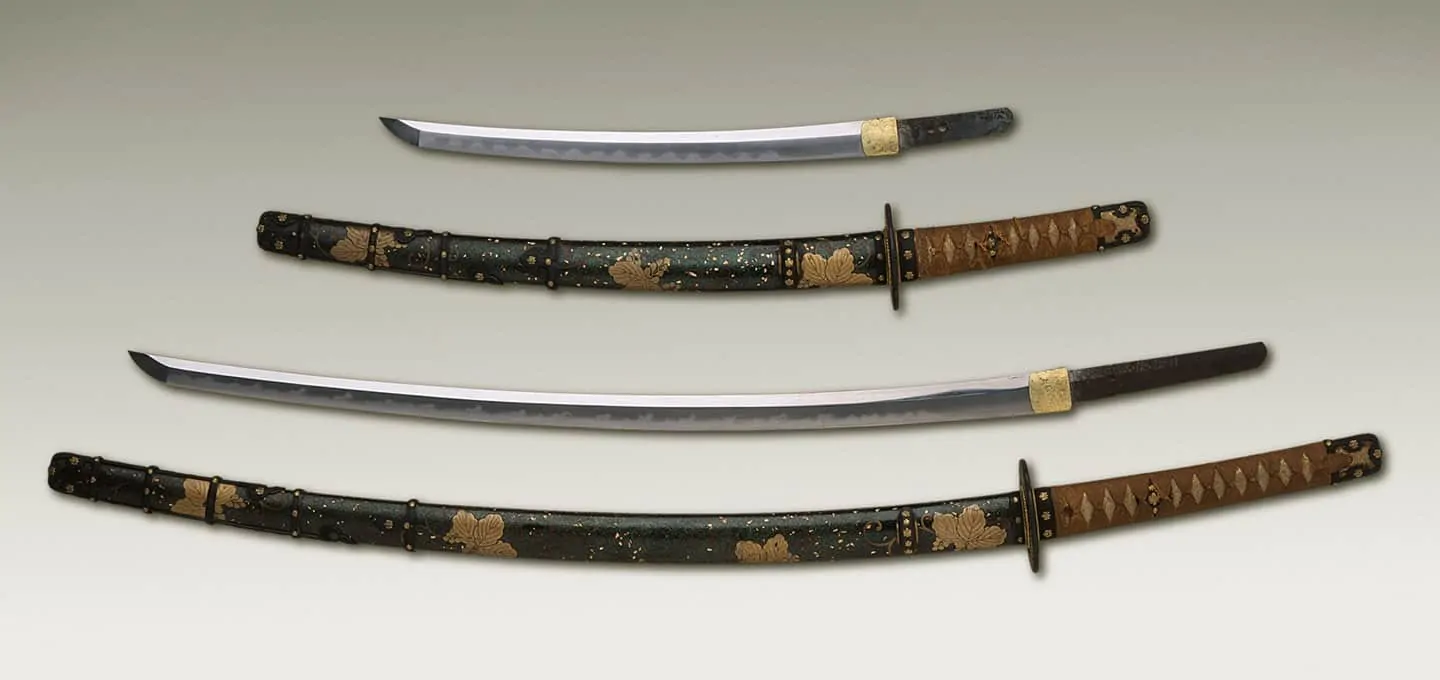The Katana, a legendary Japanese sword, is more than just a weapon; it embodies the artistry and tactical brilliance of warfare. Rooted in the samurai tradition, the Katana’s design and use reflect a profound understanding of strategy as outlined in Sun Tzu’s The Art of War. The Katana’s distinctive curved blade, known as the kasane-gasane, enables swift and precise strikes, maximizing the element of surprise, a key principle in Sun Tzu’s teachings. The balance between speed and control is epitomized by the Katana, allowing a skilled wielder to seamlessly transition between offense and defense. Sun Tzu emphasizes the importance of adapting to the terrain, and the Katana’s versatility shines in various combat environments. Its sharpness, combined with the martial philosophy of Iaido, enables the samurai to swiftly draw and strike in a single, fluid motion, catching adversaries off guard.

The katana’s scabbard, the saya, is meticulously crafted to protect the blade while facilitating rapid deployment—a testament to the Japanese understanding of the strategic value of preparation. Sun Tzu also underscores the significance of psychological warfare, and the Katana, with its iconic appearance and historical significance, exerts a psychological impact on both allies and enemies. The sight of a samurai unsheathing a gleaming Katana can instill fear and awe, influencing the morale of opposing forces. Furthermore, the Katana’s forging process, known as tamahagane, aligns with Sun Tzu’s emphasis on meticulous preparation. The art of crafting a Katana involves folding and tempering the steel multiple times, resulting in a blade that is not only sharp but also resilient. This process mirrors Sun Tzu’s advice on honing one’s skills and ensuring readiness for any challenge.
The Katana’s mastery extends beyond the battlefield; it becomes an extension of the samurai’s spirit, a concept deeply rooted in Sun Tzu’s teachings regarding the unity of mind and strategy. The disciplined training required to wield a katana echoes Sun Tzu’s principle of discipline and commitment, emphasizing the fusion of physical and mental strength. In the context of Sun Tzu’s strategy, the Katana embodies the concept of adapting tactics to the ever-changing nature of warfare. Whether engaged in open-field battles or confined spaces, the Katana’s design and techniques seamlessly align with Sun Tzu’s teachings on maneuverability and adaptability. The Katana is not merely a weapon but a manifestation of strategic brilliance, reflecting the timeless wisdom of The Art of War in the context of Japanese martial traditions.